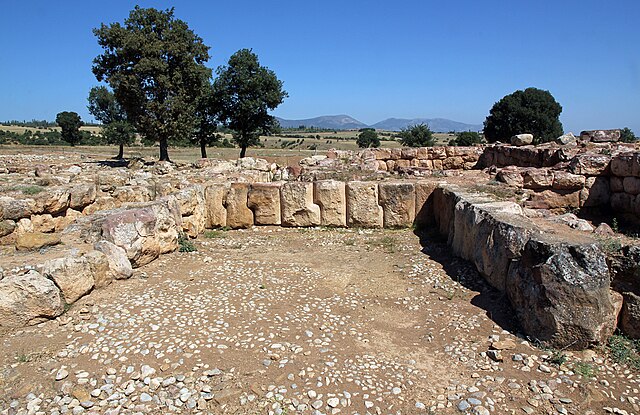Summary
Discovering Sapinuwa
Deep in the heartland of Turkey lies the ancient city of Sapinuwa, a hidden gem that once thrived during the Bronze Age. Believed to have been a major Hittite city, Sapinuwa offers a unique glimpse into an age-old civilization. Preserved through time, the city’s ruins tell the story of a culturally rich and strategically significant metropolis. With ongoing archaeological research, Sapinuwa continues to reveal secrets of the Hittite empire, from their advanced urban planning to their enigmatic religious practices. Visitors and historians alike are drawn to its enduring legacy, making it a focal point for those passionate about ancient Near Eastern history.
Get your dose of History via Email
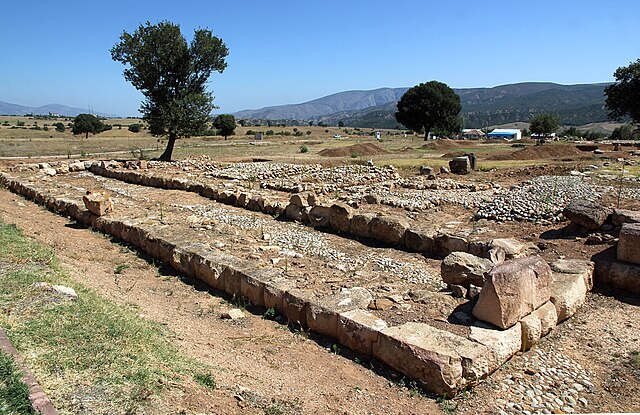
Architectural and Cultural Insights
The architecture at Sapinuwa boasts an array of monumental structures, including palaces, temples, and fortifications. These structures not only exhibit the architectural ingenuity of the Hittites but also offer insights into the societal and political hierarchy of the time. The intricately carved reliefs and inscriptions found within the city provide a window into the Hittite’s daily life, their governance, and their interactions with neighbouring civilizations. Cultural artefacts unearthed at the site, like pottery and weaponry, have further contributed to our understanding of the era’s craftsmanship and trade relations.
The Hittite Legacy
The significance of Sapinuwa extends beyond its ruins. It holds a special place in the study of ancient languages and legal systems. The discovery of cuneiform tablets here has been pivotal for deciphering Hittite laws and customs, and for understanding the administrative and legal mechanisms that underpinned Hittite society. Sapinuwa’s role in the Hittite kingdom highlights the sophisticated levels of governance and culture that were present in Anatolia well before classical civilizations took prominence. This underscores the importance of preserving such historical sites, which continue to shape our comprehension of human history.
Historical Background of Sapinuwa
The Bronze Age Metropolis
Sapinuwa’s journey begins in the Bronze Age, nestled in modern-day Turkey. As an essential Hittite administrative center, it thrived between the 17th and 14th centuries BC. Despite less attention than Hattusa, its significance is undeniable. The city served as a political hub, second only to the capital. It brimmed with activity, bustling with traders and state officials. Sudden abandonment left many questions. Yet, it has drawn historians and archaeologists seeking to unravel the enigma of Sapinuwa’s rise and fall.
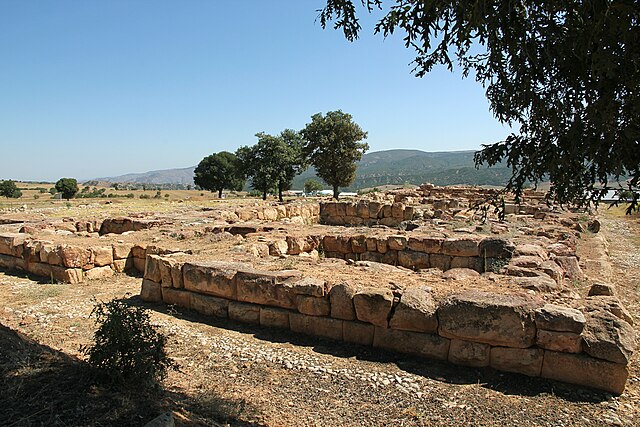
Strategic Importance
The location of Sapinuwa was no coincidence. Placed strategically, it guarded key trade routes and influence zones. Its position allowed the Hittites to navigate regional dynamics effectively. They controlled commerce and maintained military supremacy. The city’s enduring walls and grand gates still echo its former strength. They also hint at the sophisticated urban planning and defense focus of the Hittite empire.
Nestled in the Central Anatolian region, Sapinuwa was a heartbeat of the Hittite empire. Its bustling streets, vibrant markets, and majestic palaces defined its landscape. Here, merchants from distant lands exchanged exotic goods. Priests performed age-old rituals within ornate temples. Rulers issued decrees that would shape the empire’s destiny. Each layer of earth uncovered tells a story of daily life and grandiose dreams.
Cultural Melting Pot
Sapinuwa witnessed a confluence of cultures and ideas that enriched its social fabric. Hittites interacted with diverse ethnic groups, incorporated their practices, and fostered a melting pot of traditions. Art and language flourished, revealing a complex and vibrant culture. Remarkably, Sapinuwa’s artifacts show a society that valued craftsmanship, diplomacy, and cosmopolitan exchange.
The echoes of Sapinuwa resonate through time, highlighting the importance of preserving our shared heritage. Remnants of this ancient city continue to inform us about human resilience and ingenuity. We sway along a path of discovery, each step awakening stories set in stone. For history enthusiasts and academicians, Sapinuwa remains a treasure trove, brimming with untold tales waiting to be explored. And so, the narrative endures, inviting us to look back and learn from the rich tapestry of our collective past.
The Discovery of Sapinuwa
Initial Findings
Archaeologists stumbled upon Sapinuwa quite unexpectedly. It happened mid-20th century, as they followed ancient texts. These texts mentioned a site of grandeur, yet the actual location remained a mystery for years. Early digs around central Turkey hinted at a significant find. But it wasn’t until specific Hittite references were deciphered that the pieces started to fit. Finally, the city began to resurface from beneath the earth, promising to offer vast historical wealth.
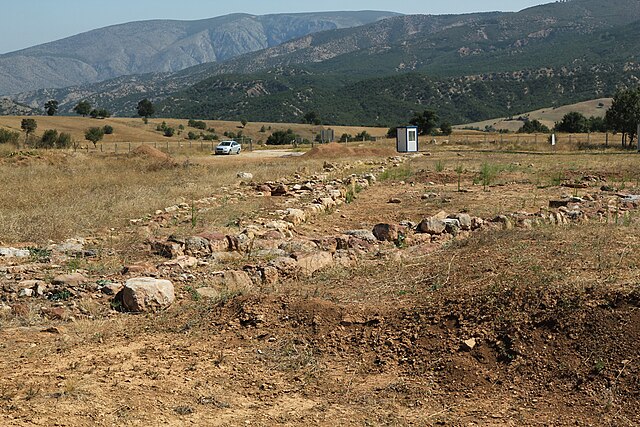
The Awakening of Sapinuwa
It was the dedicated work of Turkish archaeologists that brought Sapinuwa to light. Working closely with international experts, they delved into the enigma of its location. Excavations in the 1990s intensified, driven by newfound evidence. It signaled a major discovery in progress. Then, one day, the team unearthed stone tablets bearing the city’s name. This confirmed their hopes; they had indeed found Sapinuwa, a once-mighty Hittite center.
Discoveries at Sapinuwa have offered immense knowledge about the Hittite civilization. In particular, they have revealed its sprawling infrastructure. The city was clearly designed to be resilient and formidable. Immense gates and imposing walls surrounded its perimeter. Public buildings and private dwellings echoed with untold stories. Each new layer unearthed added to the narrative of a city that played a pivotal role in ancient geopolitics.
Unveiling History
Deciphering the past is never easy, yet Sapinuwa’s artifacts have spoken volumes. Among the finds were tablets that rewrote history. They helped linguists understand ancient Hittite language and provided evidence of their expansive library. Other artefacts recovered tell tales of trade, diplomacy, and war. Slowly, an image of Sapinuwa’s society has emerged from the decays of time, rich with culture and complexity.
The discovery of Sapinuwa continues to have far-reaching effects on our understanding of ancient societies. It serves as a bridge to the past, activating dialogue across centuries. The ongoing exploration of the site fosters a greater appreciation for the Hittites’ contributions to civilization. It deepens our respect for their legal systems, their arts, and their central role in ancient history. Thus, Sapinuwa once lost, now serves as a beacon of knowledge for the world.
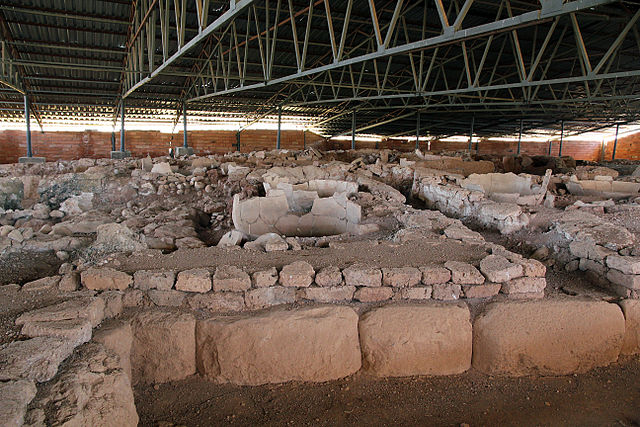
Cultural Significance, Dating methods, Theories and Interpretations
The Pivotal Role in Hittite Culture
Sapinuwa’s cultural importance within the Hittite civilization cannot be overstated. The site bears evidence of religious activities, further illuminating Hittite spiritual life. Temples dedicated to deities, found throughout the city, reflect a pantheon that was both complex and vibrant. Ritual spaces and artifacts suggest a sophisticated society deeply invested in ceremonial practices. This cultural depth highlights the Hittites’ role in shaping the religious landscape of the ancient Near East.
Advancements in Archaeological Dating
To pinpoint Sapinuwa’s timeline, experts used a combination of dating methods. Radiocarbon dating established a broader chronological framework. It was supplemented by stratigraphic analysis and pottery typology, solidifying a precise historical timeline. This multi-tiered approach reconciled artifacts with established historical periods. It confirmed Sapinuwa’s peak during the mid-Bronze Age, and its decline towards the Late Bronze Age. Dating methods thus pieced together the sequence of Sapinuwa’s rise and subsequent fall.
Many theories about Sapinuwa’s significance and decline have emerged from its soil. Some scholars argue the city was a religious center, pointing to the numerous temples and ritual objects. Others see it as an administrative powerhouse due to the multitude of seals and written records. While debates thrive, what remains clear is Sapinuwa’s multifaceted role in the Hittite world. Every find invites new interpretations, fueling the quest to understand this enigmatic city.
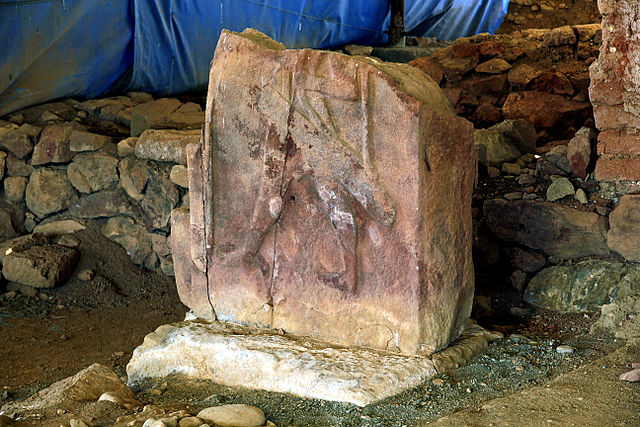
Cultural Interactions and Influences
The story of Sapinuwa is not in isolation; it involves a network of interactions with neighboring cultures. Artifacts reflect trade with distant lands as well as influence from other civilizations. The mingling of local and foreign customs generated a unique cultural fusion. As a result, Sapinuwa became a beacon of cultural synthesis. This blend of influences challenges traditional views and pushes scholars to rethink regional dynamics during the Bronze Age.
Entrusting Sapinuwa’s narrative to future generations, historians preserve its lessons. Through each layer of excavation, we are reminded of the city’s historical context. We analyze social structures, political mechanisms, and cultural connections. Sapinuwa’s discovery pushes us further in our journey to fathom ancient civilizations. It serves as a catalyst for broader historical discourse. Thus, the continuous study of Sapinuwa weaves together a comprehensive understanding of an era that shaped much of our ancient world.
Conclusion and Sources
In summary, Sapinuwa stands as a testament to the grandeur of the Hittite empire. Its cultural significance is marked by its intricate temples and public works, which narrate the Hittites’ rich religious and social life. Dating methods such as radiocarbon dating and pottery typology have been crucial in shedding light on the timelines and occupancy of Sapinuwa. The range of theories and interpretations surrounding the city’s purpose and decline demonstrate the complexity of ancient history. Scholars continue to delve into the site, offering fresh perspectives on the Hittites’ way of life, governance, and interactions with other cultures. Thus, as each layer of Sapinuwa is excavated, the world learns a bit more about this influential civilization that once thrived in Anatolia.
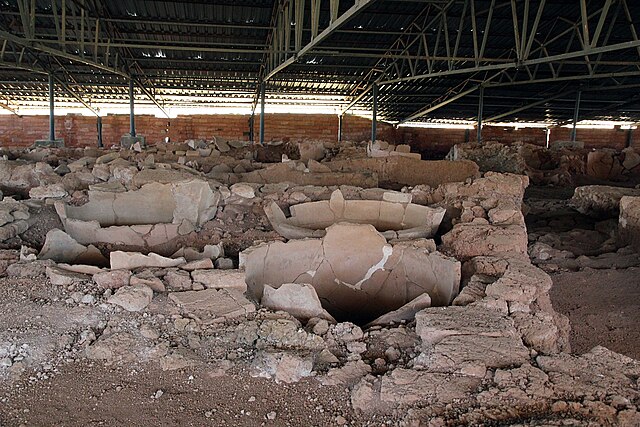
For further reading and to validate the information presented in this article, the following sources are recommended:
Or you can check any of these reputable archaeological and historical texts:
Çilingiroğlu, A. (2015). ‘The Archaeology of Empires: A View from the Hittite World’. Anatolian Studies, 65, 1-15.
Klengel, H. (1999). ‘Sapinuwa: A New Center of the Hittite Empire.’. AOAT 274, 45-53. Münster: Ugarit-Verlag.
Neu, E. (2003). ‘The Hittite Hymns from Mesopotamia and Ancient Anatolia: An Update’. Journal of the American Oriental Society, 123(3), 641-646.
Popko, M. (2009). ‘Religions of Asia Minor’. Warsaw: Agade Publishing.
Singer, I. (2015). ‘A Political History of the Hittite Empire: From the Beginnings to the End’. Leiden: Brill.

